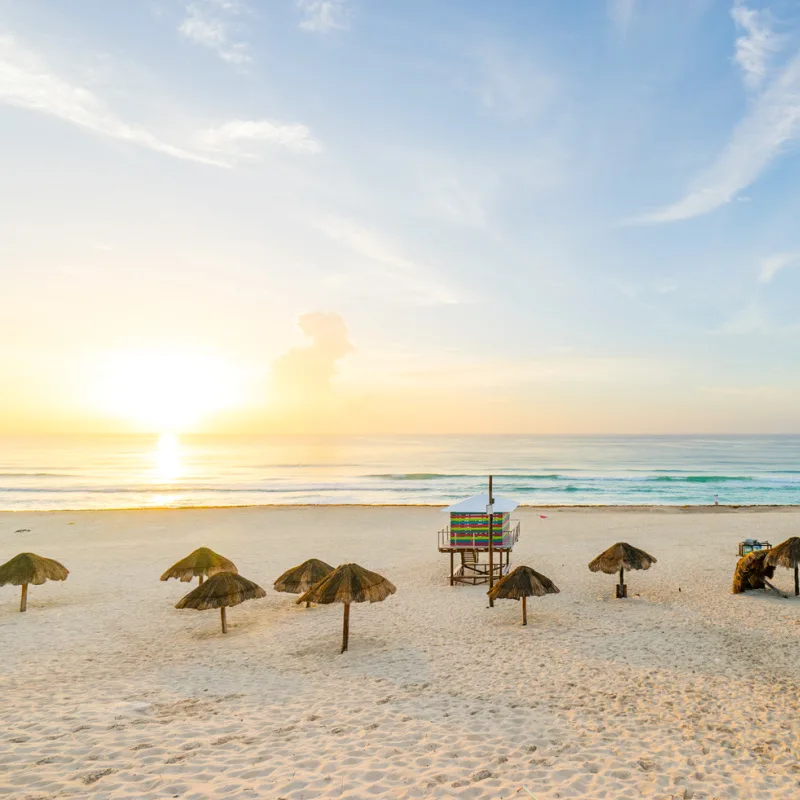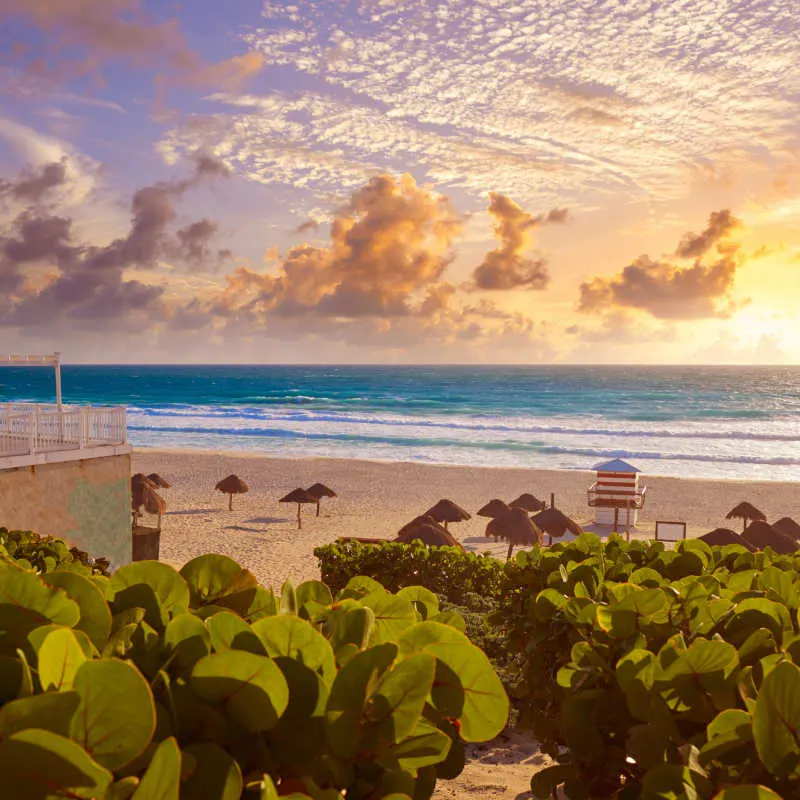Last Updated
With Tourism currently booming in the Mexican Caribbean, the effects of mass footfall and overcrowding will certainly have an impact on environmental and sustainable efforts which local authorities are prioritizing.
Following the closure of popular areas such as the Punta Esmeralda Cenote earlier this year and the expansion of other touristic and archaeological hotspots, it is clear that the government is taking necessary steps to help protect and preserve the natural beauty of the landscape.

The state of Quintana Roo has just recently announced four new Protected Natural Areas as part of a wider program that lists thirteen different protected zones in the country.
Maria Luisa Albored González, secretary of the environment and natural resources, stated, “It gives us much pleasure that in this administration…we can leave behind such a grand legacy for the Mexican people.”
The four areas consist of Jacinto Pat, San Buenaventura, Playa Defines, and Cenote Aerolito, which are to become protected zones with a focus on the conservation of their natural ecosystems, preventing tourist footfall and overcrowding, which inevitably leads to contamination and damage.

Hugette Hernández Gómez, Secretary of Ecology and Environment, spoke on just how much these areas will benefit from this new status and the positive effect it will have environmentally.
The most well-known among these four areas will be Playa Defines, also known as “El Mirador”, which is a hugely popular tourist spot that sees millions of visitors traveling to its coasts every year.
The beach is not just one of the most visited in Cancun but throughout Quintana Roo itself, with many visitors taking the iconic photo in front of the location name, which is spelled out in colorful letters on the beachfront.
Top 5 Travel Insurance Plans For 2023 Starting At $10 Per Week
Easily Earn Points For Free Travel

Playa Delfines is located in the popular Cancun Hotel Zone and hosts many ecosystems that have come under attack more recently by the effects of urban and hotel expansion in its surrounding areas, a direct response to the never-ending arrival of national and international tourists.
The location itself is quite expansive, a main draw for visitors who look to escape the busyness of other beaches in the area and instead want more space to relax, lounge in the sun, and find some peace.
Fear not, as Cancun has an inexhaustible amount of other beaches on offer for the sun-worshipping, sea-swimming enthusiasts looking for their next glimpse of paradise.
Hernadez Gómez spoke on the importance of both Jacinto Pat and San Buenaventura in relation to their surrounding landscapes, both of which control flooding, protection from natural disasters, and sources of nutrients to nearby ecosystems.

The fourth Protected Natural Area, El Aerolito, which is located on the island of Cozumel, is also hugely important to the ecosystem and why it has been added to the thirteen-strong list.
The area acts as protection against natural disasters such as hurricanes and storms, as well as being good for soil retention and food provision, all of extreme value to the surrounding areas.
Cenote El Aerolito is also unique in the fact that it connects to the Caribbean Sea, through underground sources, which are considered a rare process.
Cozumel is considered one of the Mexican Caribbeans magical towns, with rich culture and natural beauty on display everywhere you turn, so rest assured there will be plenty more to see and do in this stunning location.

The other Protected Natural Areas on the list are situated in the states of Sinaloa, Baja California Sur, and Oaxaca and serve as a testament to just how important the preservation of Mexico’s breathtaking landscapes is to the local authorities and the people who live there.
With these new Protected Natural Areas joining an already large number of ecological wonders in the Mexican Caribbean, it is hoped that this preservation will strengthen the commitment to clean air and water, as well as protection from natural disasters, and offer sanctuary to the water reservoirs and jungles that hosts many living organisms.

Since taking office in 2028, President Andrés Mauel López Obrador has made it his priority to establish a conservation commitment in areas of “high environmental value”, with his administration having protected over four million hectares of land and water.
He stated, “I want to go down in history as the president with the second-most protected reserves created…Lázaro Cárdenas has the first spot. I want to aspire to that.”

And so, as tourists may notice that some of their popular areas are no longer accessible for the foreseeable, just know that the conservation and preservation of every environment is currently a global issue and that these steps are being put in place so that the Mexican Caribbean will be open to tourists for many, many years to come.
Plan Your Next Cancun Vacation:
Traveler Alert: Don’t Forget Travel Insurance For Your Next Trip!
Choose From Thousands of Cancun and Riviera Maya Hotels, Resorts and Hostels with Free Cancellation On Most Properties
↓ Join the community ↓
The Cancun Sun Community FB group has all the latest travel news, conversations and tourism Q&A’s for the Mexican Caribbean

Subscribe to our Latest Posts
Enter your email address to subscribe to The Cancun Sun’s latest breaking news affecting travelers, straight to your inbox.
